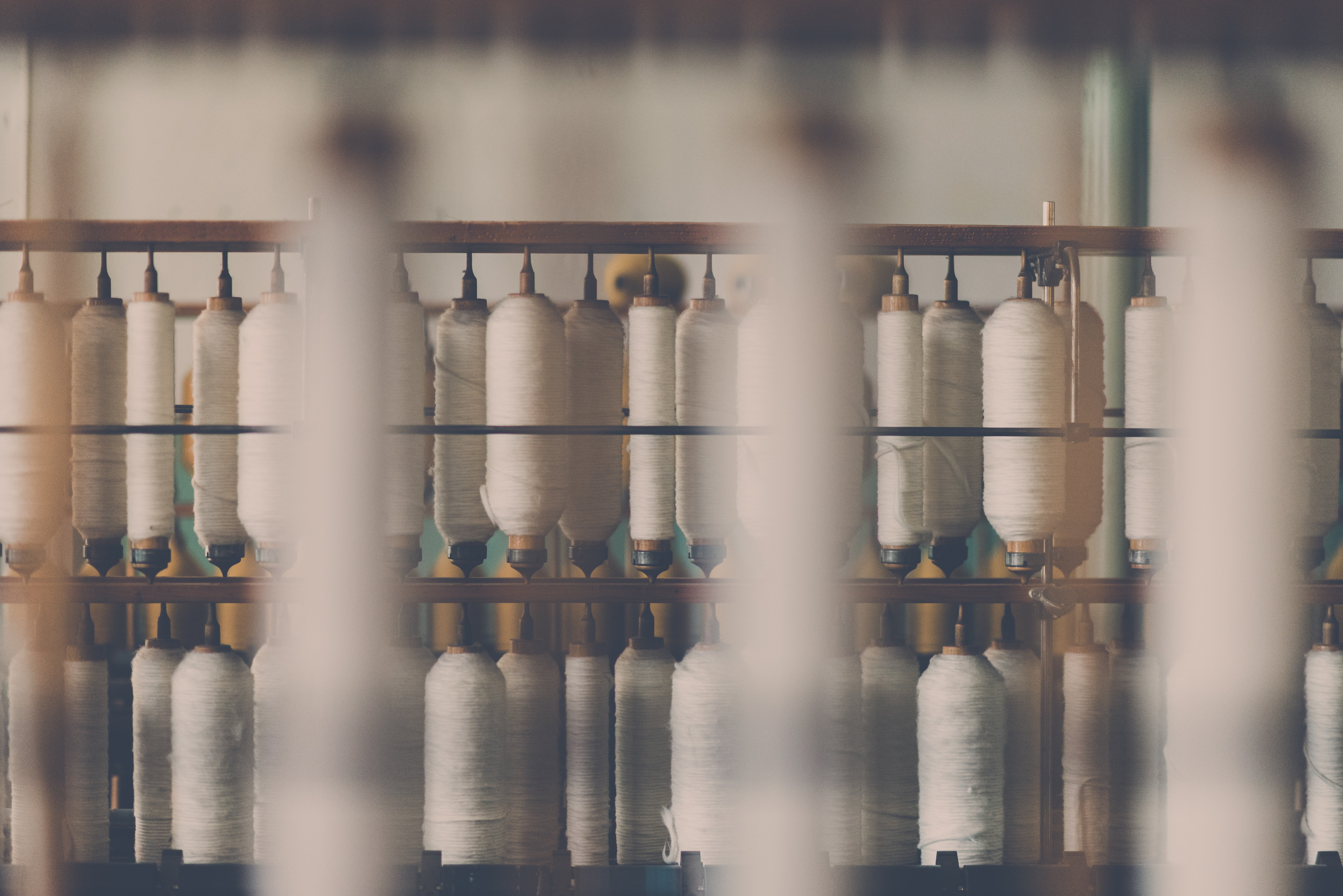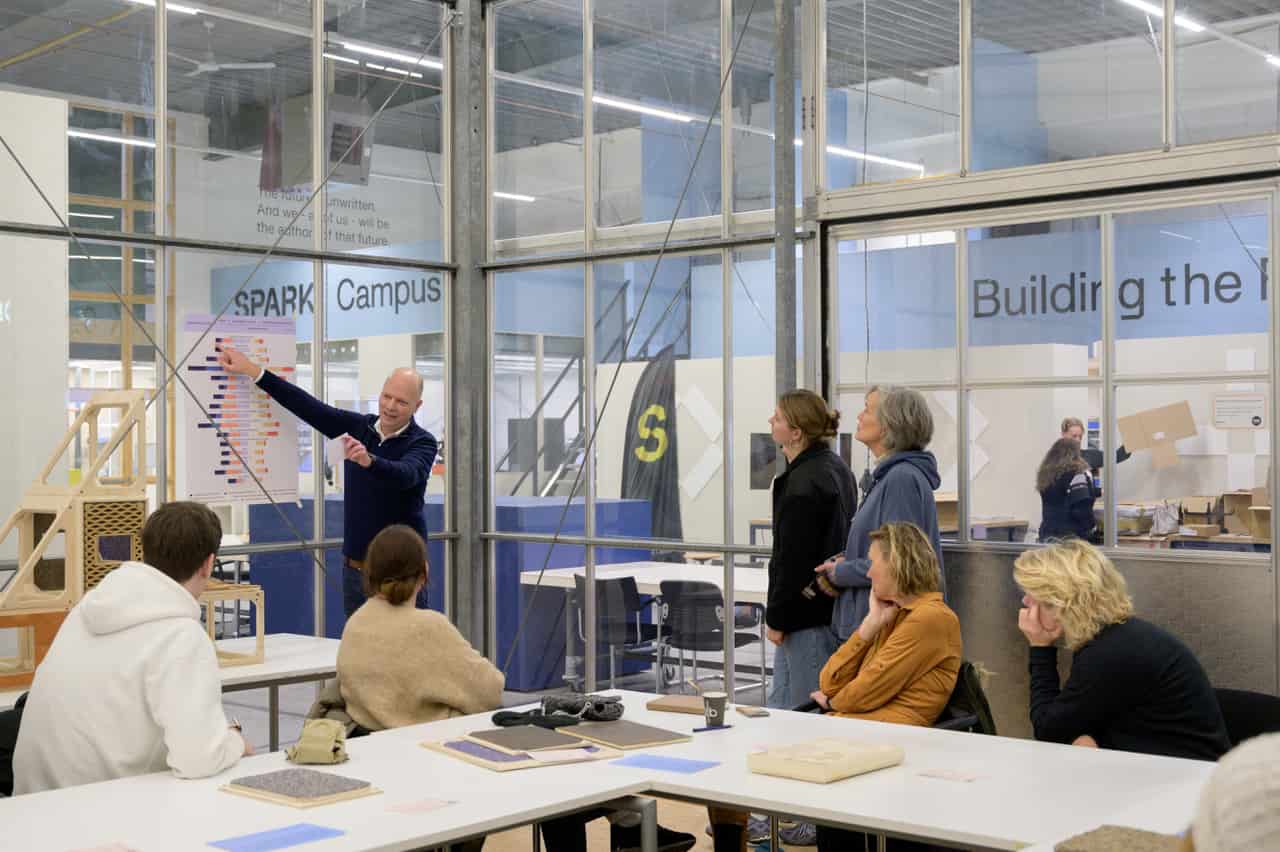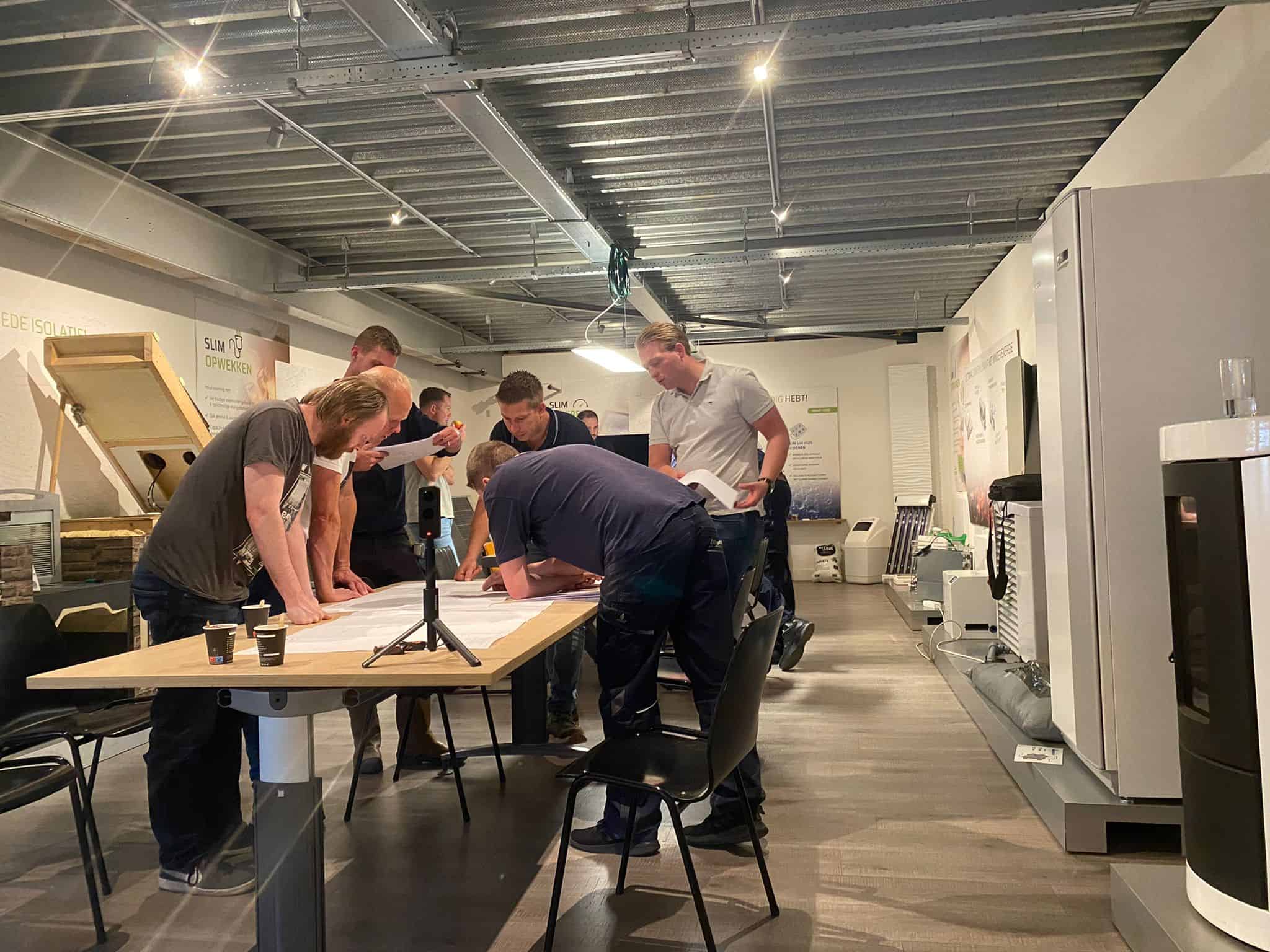
The construction industry is currently facing the challenge of having to use fewer raw materials in the future and switching to sustainable development in the process. This calls for new ways of thinking in architecture when it comes to the use of renewable raw materials. In a joint project, German researchers from the universities of Freiburg and Stuttgart have designed a lightweight pavilion constructed from flax fibers woven by a robot. With this pavilion in the botanical garden of the University of Freiburg, the team is presenting a model for a sustainable alternative to conventional construction methods.
Unlike glass or carbon fibers, and a whole host of other natural fibers as well, flax fibers are regionally available and grow in annual harvest cycles. They are 100 percent renewable, biodegradable and as such, provide an excellent basis for the development of resource-saving alternatives in the construction industry.
They have the potential to significantly reduce the carbon footprint of buildings, especially when combined with efficient lightweight structures. For these reasons, the load-bearing elements of the so-called “livMatS pavilion” (Living, Adaptive and Energy-autonomous Materials Systems) are made out of flax fibers.
Cacti
The researchers let themselves be guided by nature in the development of the pavilion. The saguaro cactus (Carnegia gigantea) and the prickly pear (Opuntia sp.) served as inspiration for the net-like layout of the natural fibers and the coreless winding of the components of the bionic pavilion. Both cacti are characterized by their special wooden structure. The saguaro cactus has a cylindrical skeleton that is hollow inside and therefore particularly light. It consists of a net-like wood structure, which also gives the skeleton a remarkable degree of stability.
“This structure is formed because the individual elements grow together,” explains Prof. Dr. Thomas Speck, director of the Botanical Garden at the University of Freiburg. “In the tissue of the flattened side shoots of the prickly pear, there are also entwined wood fiber bundles, which are arranged in layers and joined to each other. The tissue of the prickly pear also distinguishes itself by its particularly high level of resilience.”
Winding
The researchers abstracted these network structures from the organic models and implemented them in the livMatS pavilion by ‘coreless winding’ of the natural fibers. This abstraction – plants are not familiar with winding or weaving processes – allowed the researchers to transfer the mechanical properties of the interwoven fiber structures to the lightweight supporting elements of the livMatS pavilion.
“Fiber composites have an excellent strength-to-weight ratio,” Prof. Dr. Eng. Jan Knippers of the University of Stuttgart goes on to explain. “This property provides an excellent basis for the development of innovative, material-efficient lightweight structures.” While research has so far focused on synthetically produced fiber composites such as glass and carbon fibers, the livMatS Pavilion is broadening the material system to include the use of natural fibers.
New challenges
“With respect to computer-based design, the work processes of robotized production and machine operation, natural fibers and their biological variability posed new challenges for us researchers,” says Prof. Achim Menges of the Institute for Computer-Based Design and Construction (ICD) at the University of Stuttgart.
This is because the processes were originally developed for synthetic, homogeneous materials and now needed to be transposed to the material properties of flax fibers. Modifying the integrative computer model made it possible to incorporate these heterogeneous material properties into the design and planning of individual components and the overall structure.
Also interesting: Building a new home in just one day with ready-to-use modules







